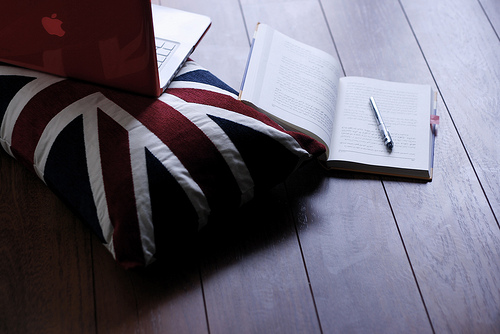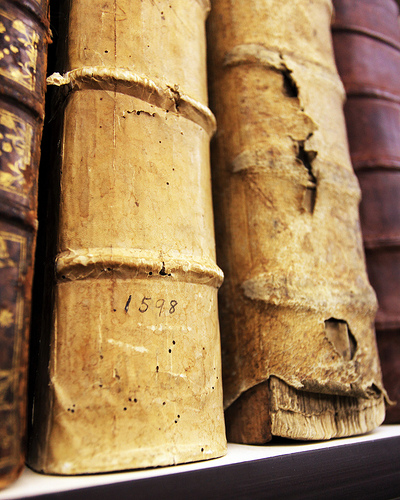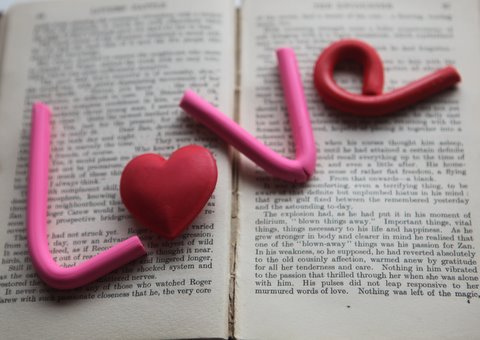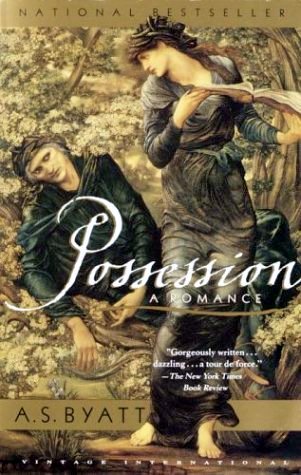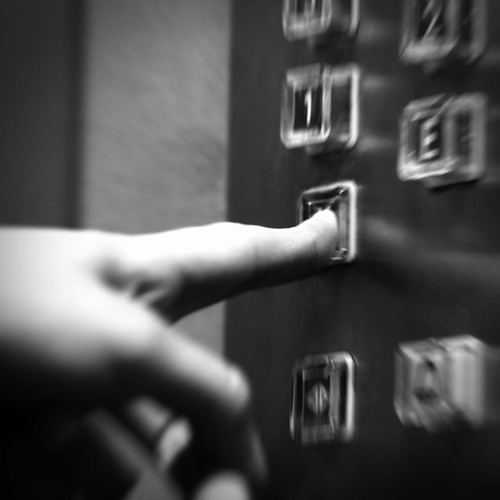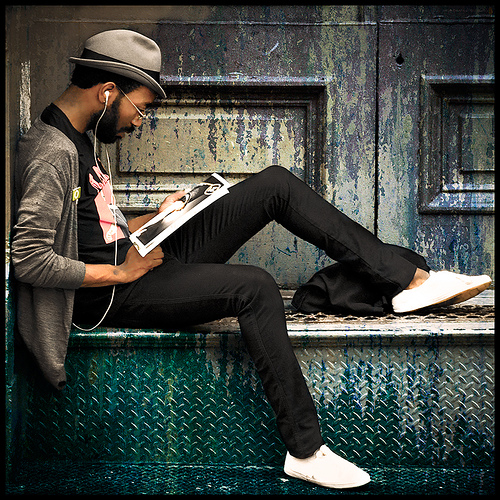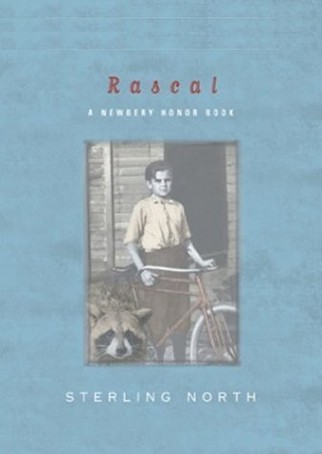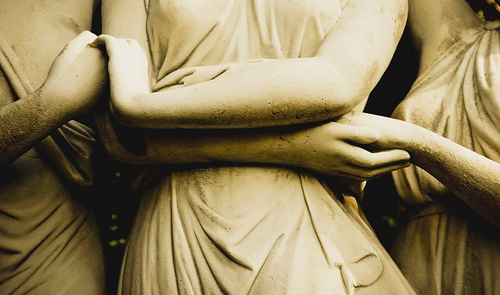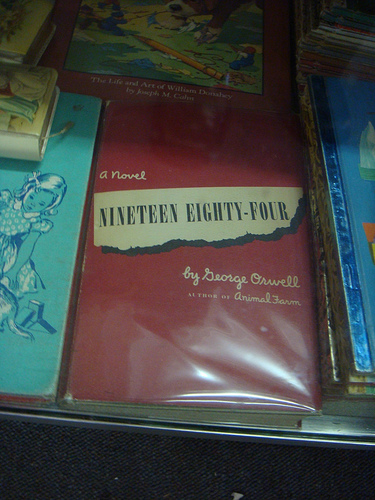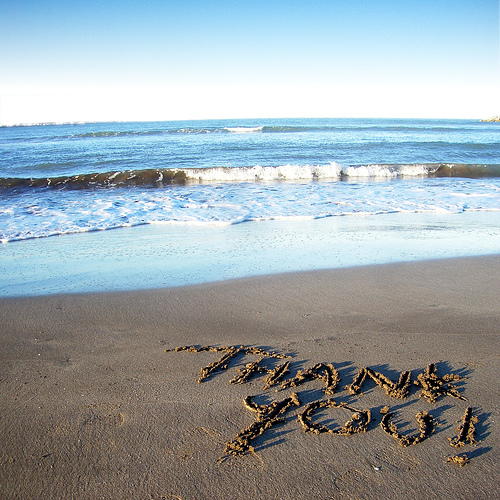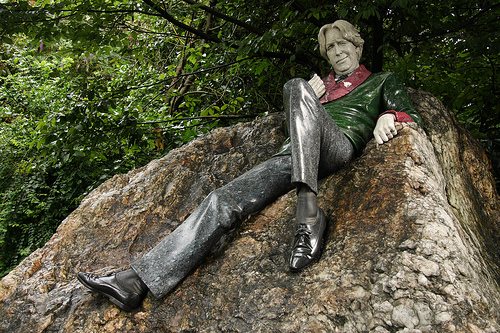
I was amused by this week’s Booking Through Thursday prompt, which asks “Do you cheat and peek at the ends of books? (Come on, be honest.)” I immediately thought of Jenny, whose tagline, after all, is “I read the end before I read the middle.” Who can forget her experiment last September? My mother confessed that she always reads the ends of books. You know what? I don’t really do that. I admit to doing it if I absolutely must see if someone dies so I can prepare for it. I vividly recall doing it when I read Gone with the Wind for the first time (seventh grade). It’s too hard to do on my Kindle, so I never do it when I’m reading an e-book. For whatever reason, I am usually able to resist the temptation to peek at the ending. You know what I do do a lot though (only when I’m not reading an e-book) is peek to see how many pages or what the last page number is. I do a lot of page number math when I’m reading—one reason I think I read faster on the Kindle is I spend more time reading and less time calculating. I won’t say I never cheat, but I don’t do it much. However, I should also add that readers have the right to read however they want, and I don’t consider it cheating to peek at the end so much as perhaps ruining the ending for yourself.
photo credit: » Zitona «
